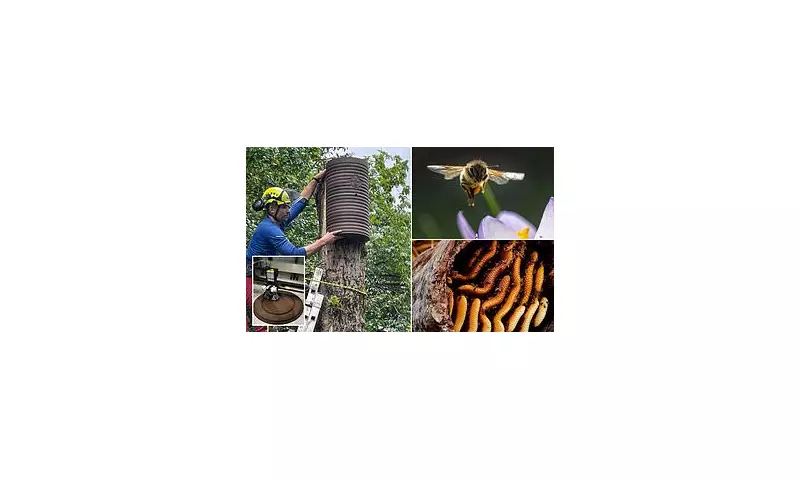
In a remarkable fusion of technology and conservation, British scientists are deploying 3D printers to save one of the nation's most precious pollinators from disappearing forever. The humble short-haired bumblebee, once declared extinct in the UK, is receiving an unlikely lifeline through artificially created nests that mimic their natural habitats.
The Plight of Britain's Native Bees
While honeybees often dominate conservation conversations, their wild cousins face equally dire threats. The short-haired bumblebee vanished from British shores in 1988, becoming another casualty of intensive farming and habitat destruction that has devastated native bee populations across the country.
High-Tech Habitat Solutions
Researchers have developed an ingenious solution using cutting-edge 3D printing technology to create artificial nests specifically designed for these endangered insects. Unlike traditional conservation methods, these printed nests offer precise environmental conditions that short-haired bumblebees need to thrive.
The revolutionary approach includes:
- Custom-designed nesting chambers that maintain optimal temperature and humidity
- Specially formulated materials that mimic natural underground conditions
- Scalable production allowing for widespread deployment across conservation areas
- Adaptable designs based on ongoing research and monitoring
From Laboratory to Landscape
The project represents a significant advancement in conservation technology, moving beyond simple habitat preservation to active ecosystem engineering. Scientists carefully monitor the 3D-printed nests, collecting valuable data about bee behaviour and preferences that informs future designs.
Early results show promising signs of adoption by wild bee populations, with several colonies successfully establishing themselves in the artificial structures. This success story demonstrates how modern technology can complement traditional conservation efforts to protect vulnerable species.
A Broader Impact on UK Wildlife Conservation
This innovative approach could revolutionise how Britain protects its endangered species. The methodology developed for bumblebees might be adapted for other threatened insects and small wildlife, creating new possibilities for conservation in increasingly urbanised landscapes.
As climate change and habitat loss continue to pressure native species, such technological interventions may become crucial tools in maintaining Britain's biodiversity. The humble bumblebee's rescue mission could pave the way for saving countless other species teetering on the brink of extinction.





